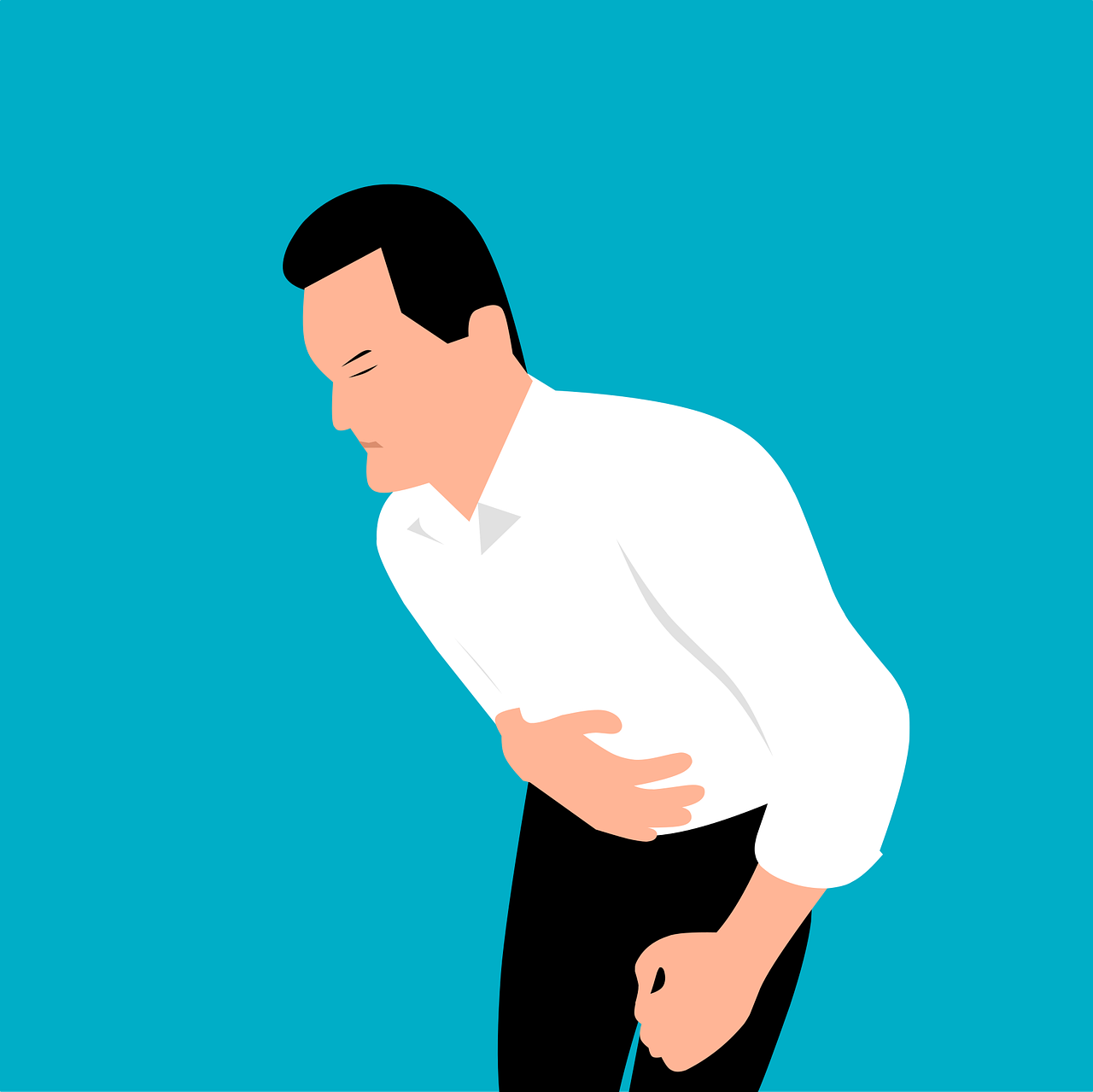Acute appendicitis is a common disease that affects many people and is often followed by removal surgery. Acute appendicitis is an acute disease due to obstruction of the inner lumen of the appendix, infection and inflammatory reaction. The disease is common between the ages of 10 and 30, but is not limited to this age group. Care for acute appendicitis is crucial, and good care not only relieves the patient’s pain, but also prevents complications. So, today, let’s take a look at what you can do to care for acute appendicitis.
Typical symptoms of acute appendicitis are persistent pain in the right lower abdomen, with gradually increasing pain, sometimes with the phenomenon of throbbing pain, that is, the pain is intensified by displacement or pressure; patients are often accompanied by fever, and the body temperature can rise to more than 38 degrees Celsius, or even as high as 39-40 degrees Celsius; constipation or diarrhea may occur, sometimes accompanied by mucus and blood. Symptoms of acute appendicitis may vary among individuals, and early symptoms are often atypical and easily misdiagnosed. Therefore, patients with symptoms such as right lower abdominal pain, especially when accompanied by fever, nausea and vomiting, should seek medical attention for examination and diagnosis.
I. Preoperative care
According to the doctor’s instructions, assist the patient to carry out the necessary laboratory tests (e.g. blood test, urine test, etc.) and imaging tests (e.g. ultrasonography, CT scan, etc.), in order to help the doctor make a clear diagnosis and assess the risk of surgery. Inform the patient of the duration of fasting and water fasting required before the surgery to avoid aspiration or other complications during the surgery, usually fasting for 6-8 hours before the surgery to ensure that there is no content in the stomach. Introduce the procedure, precautions, and post-operative care to patients and their families, so that they can understand the importance and necessity of the surgery and enhance their cooperation and confidence in the surgery.
II. Intraoperative care
Assist the surgeon to make necessary position adjustments to ensure that the patient is in the best surgical position. Closely monitor the patient’s vital signs during surgery, including heart rate, blood pressure, respiration, etc., to detect and deal with any abnormalities in a timely manner. Strictly implement the infection control norms in the operating room, including aseptic treatment of surgical instruments, sterilization of the operating room environment, etc., to reduce the risk of intraoperative infection.
III. Postoperative care
Body position adjustment: according to different anesthesia, choose appropriate lying position, such as lumbar spine anesthesia patients should be depillowed and lie flat for 6 to 12 hours.
Monitoring vital signs: patients should be monitored every 4 hours after surgery, including heart rate, respiratory rate, body temperature, blood pressure, etc. Normal physiological range: heart rate 60-100 beats per minute, respiratory rate 12-100 beats per minute, body temperature and blood pressure. Normal physiological ranges: heart rate 60-100 beats per minute, respiratory rate 12-20 beats per minute, body temperature 36.1-37.2 degrees Celsius, systolic blood pressure 90-140 mmHg, diastolic blood pressure 60-90 mmHg. For patients with diabetes, closely monitor blood glucose levels after surgery and keep blood glucose between 7.8-10 mmol/L to promote wound healing and prevent infection. .
Observe the postoperative recovery: Check the surgical incision daily for redness, swelling, oozing, signs of infection, etc. Urination should be between 800-2000 ml within 24 hours after surgery, and note whether there is any urinary retention. Record the patient’s defecation daily, and the patient should have at least one defecation within 24 hours after surgery.
Pain management: Intravenous opioid analgesics such as morphine may be considered for the first 24 hours postoperatively, with dosage adjusted according to VAS score (0-10) to maintain a pain score of 2-4.
Fluid management: control fluid intake at 1500-2000 mL for the first 24 hours postoperatively and monitor urine output, 30-50 mL per hour is normal. Avoid rapid infusion of fluids to prevent postoperative fluid overload leading to heart failure or pulmonary edema.
Wound care: change the dressing every day after surgery, keep the wound dry and clean, avoid moisture. Observe the wound healing, usually remove the stitches 7-10 days after surgery.
Prevention of infection: Antibiotics such as cefotaxime sodium (cephalexin) can be used on the first day after surgery to prevent infection, according to medical advice. Maintain hand hygiene to avoid cross infection.
Dietary regulation: Fasting on the first day after surgery, gradually resume diet from the second day, starting from liquid food such as rice soup, fruit juice, gradually transitioning to soft food, ordinary diet.
Promote rehabilitation: Encourage patients to moderate activities, starting from getting up and gradually increasing the amount of activities, be careful to avoid strenuous exercise and weight-bearing activities.
Emotional support: Continuously give patients emotional support and psychological care to help them cope with postoperative discomfort and the recovery process, and maintain an optimistic mindset.
Regular follow-up: Post-operative education on relevant conditions is provided to patients and their families, including post-operative precautions, dietary adjustments, drug use, regular follow-up, etc., to improve patients’ self-management ability. Arranging patients’ follow-up visits at 1 week, 1 month and 3 months after surgery, closely monitoring the postoperative recovery and promptly dealing with postoperative problems to ensure patients’ smooth recovery.
In conclusion, the nursing care of acute appendicitis is a complex and meticulous work, which requires close attention and careful care of nursing staff during and after the operation. Through correct nursing methods and rigorous operation, the occurrence of complications can be minimized and the recovery of patients can be promoted.

